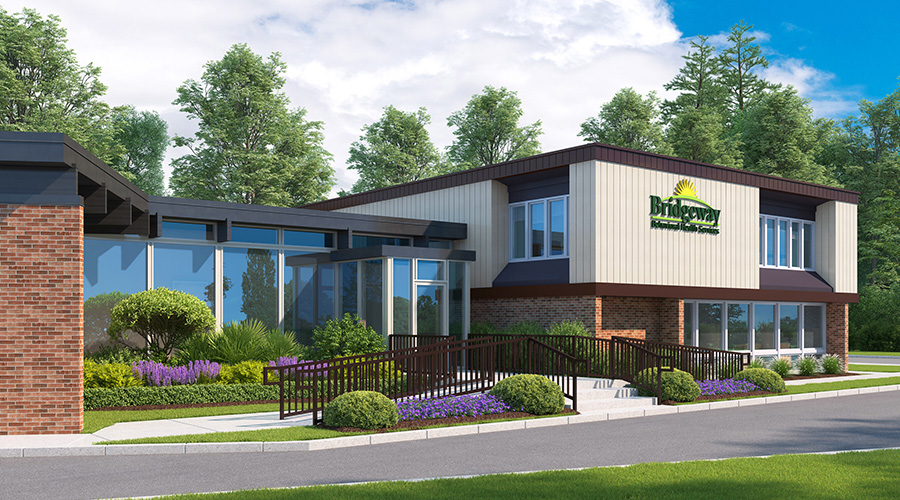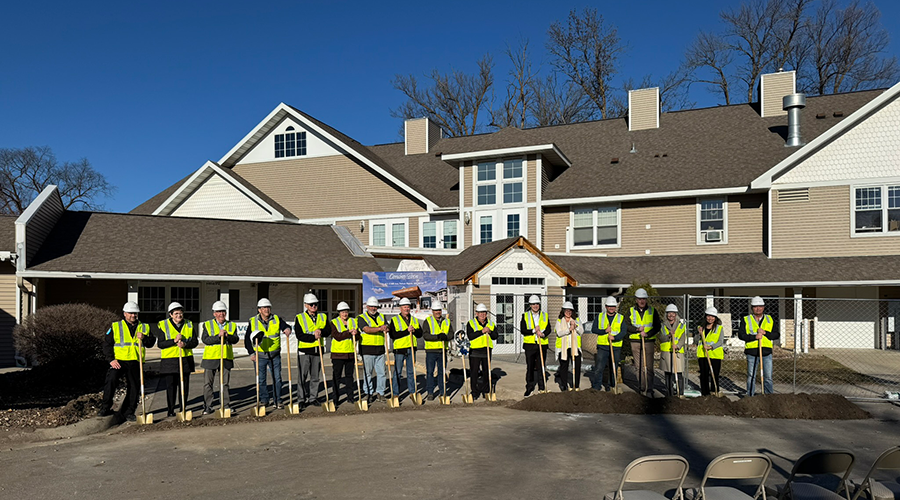Prior to Hurricane Harvey, the emergency department layout at Harris Health’s Lyndon B. Johnson Hospital was traditional, according to an article on the Health Facilities Management website.
During the hurricane, the department began using one of its bays as a temporary inpatient unit. The smaller space inspired the department to rethink the patient flow.
They realized that not everyone needs to lie down in a stretcher. Keeping patients vertical resulted in a 52 percent drop in emergency department boarding hours, a 29 percent drop in the number of patients who left without being seen and a 22 percent drop in average wait times to see a provider, according to the article.
The department now has more chairs than stretchers, and one of the bed bays has been permanently transformed into an internal waiting room for lower-acuity patients.

 Healthcare Is the New Retail
Healthcare Is the New Retail Bridgeway Behavioral Health Services Launches Campaign to Renovate Health Center
Bridgeway Behavioral Health Services Launches Campaign to Renovate Health Center Ground Broken for New North Dakota State Hospital
Ground Broken for New North Dakota State Hospital AI Usage for Healthcare Facilities
AI Usage for Healthcare Facilities Ground Broken on Pelican Valley Senior Living Modernization Project
Ground Broken on Pelican Valley Senior Living Modernization Project